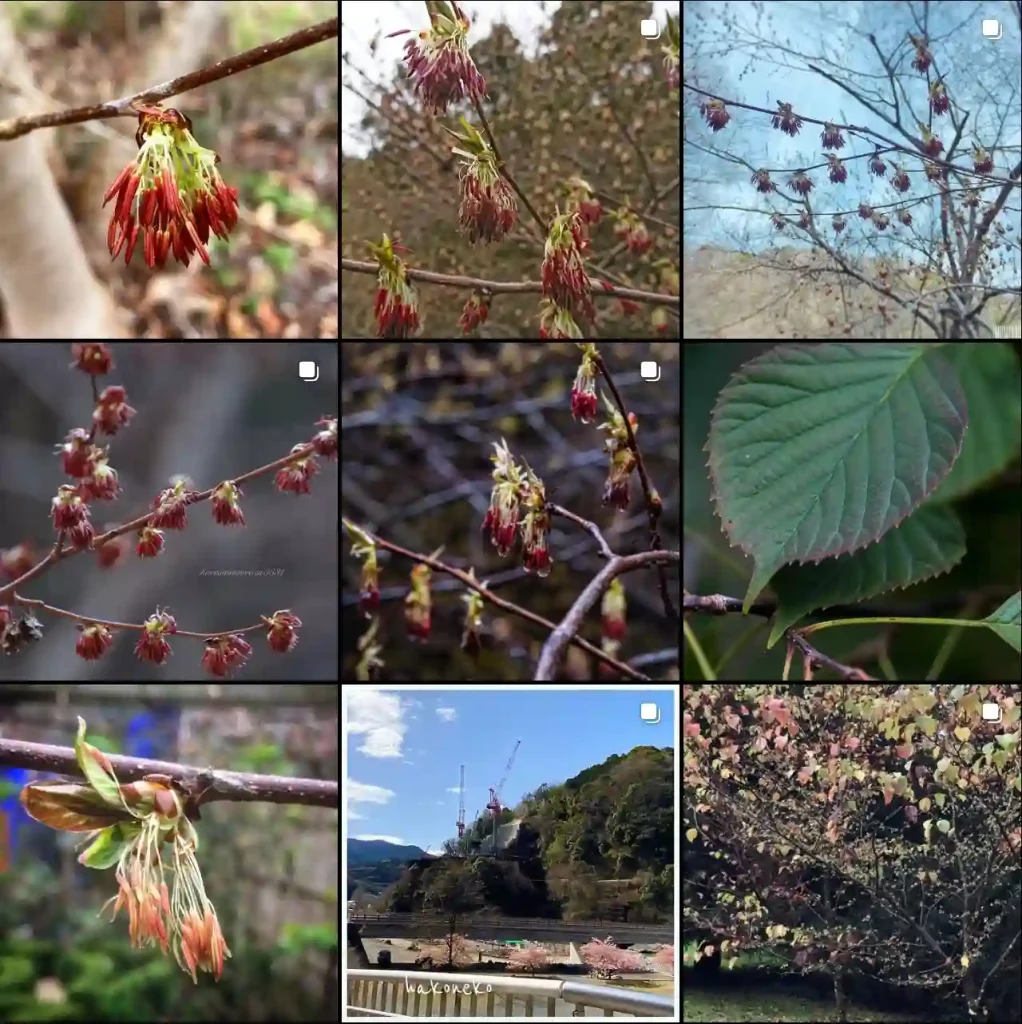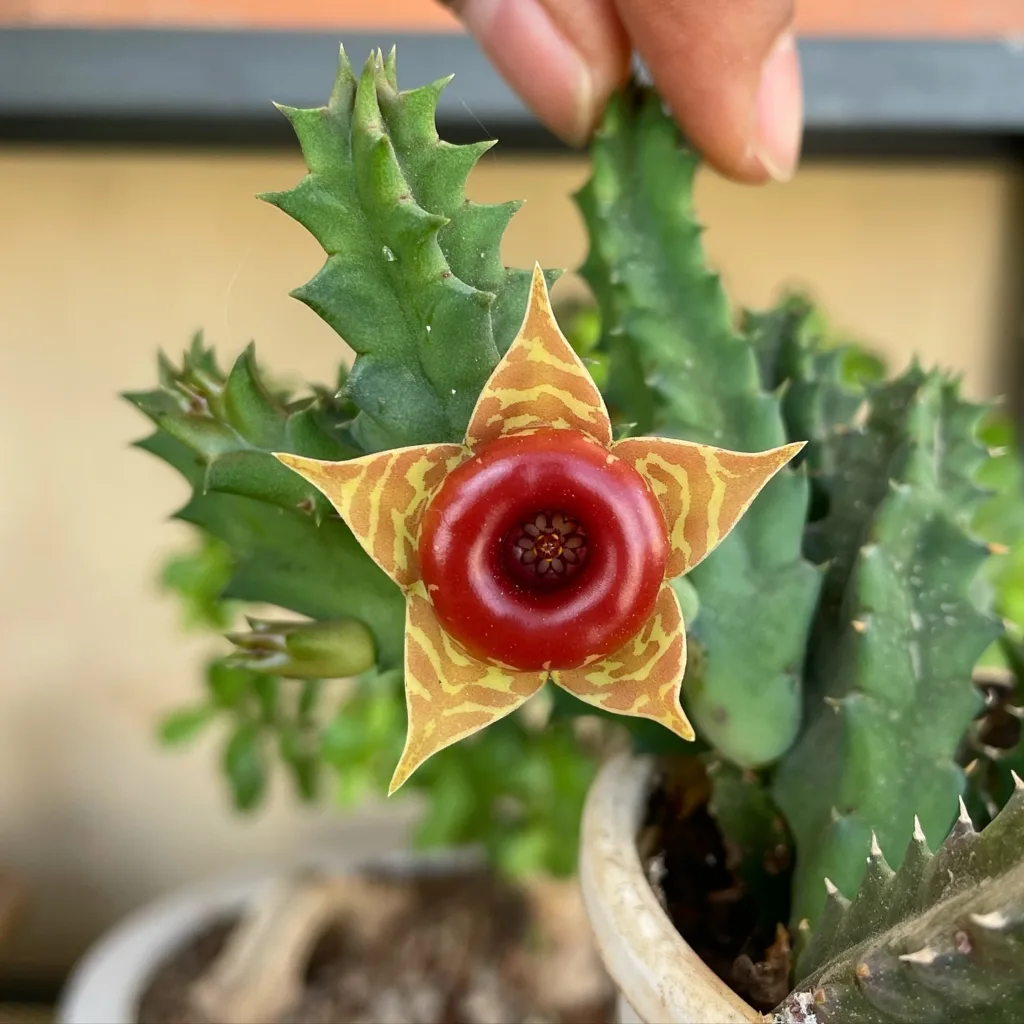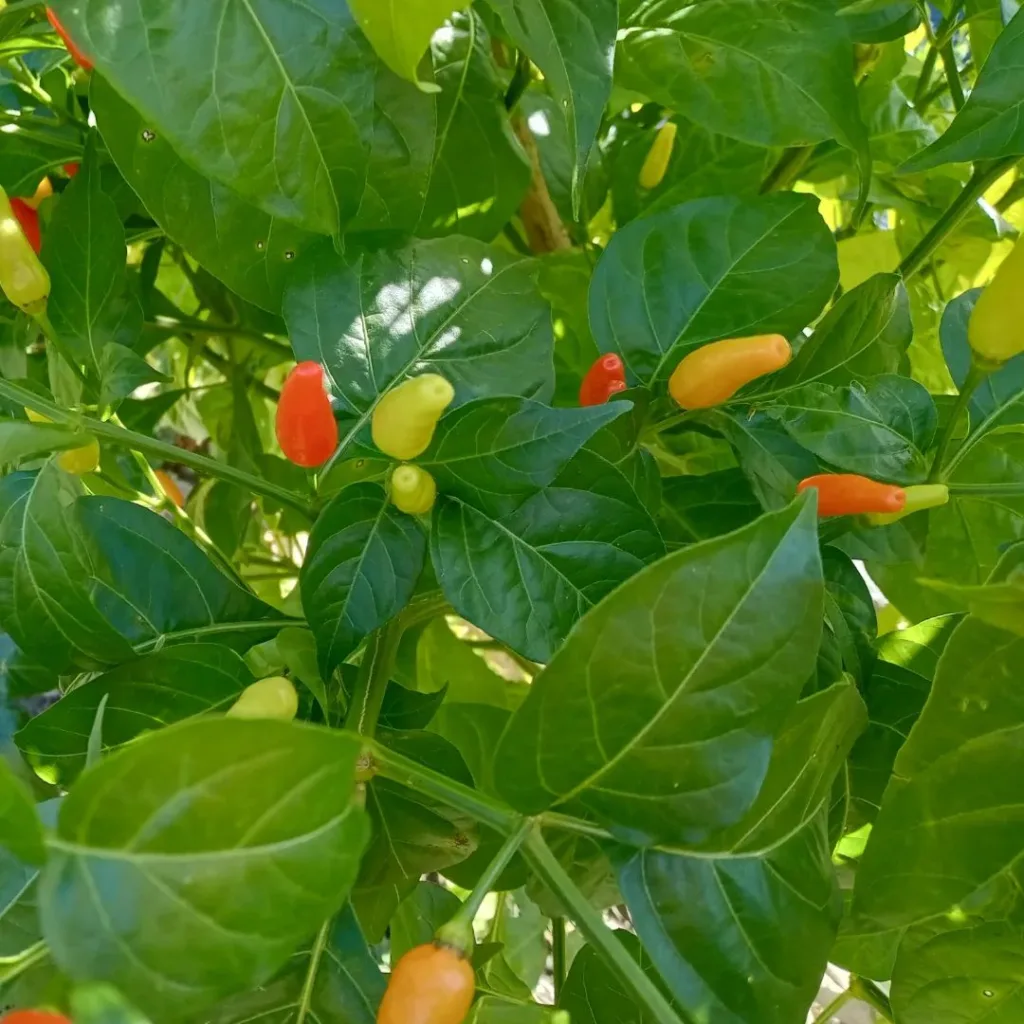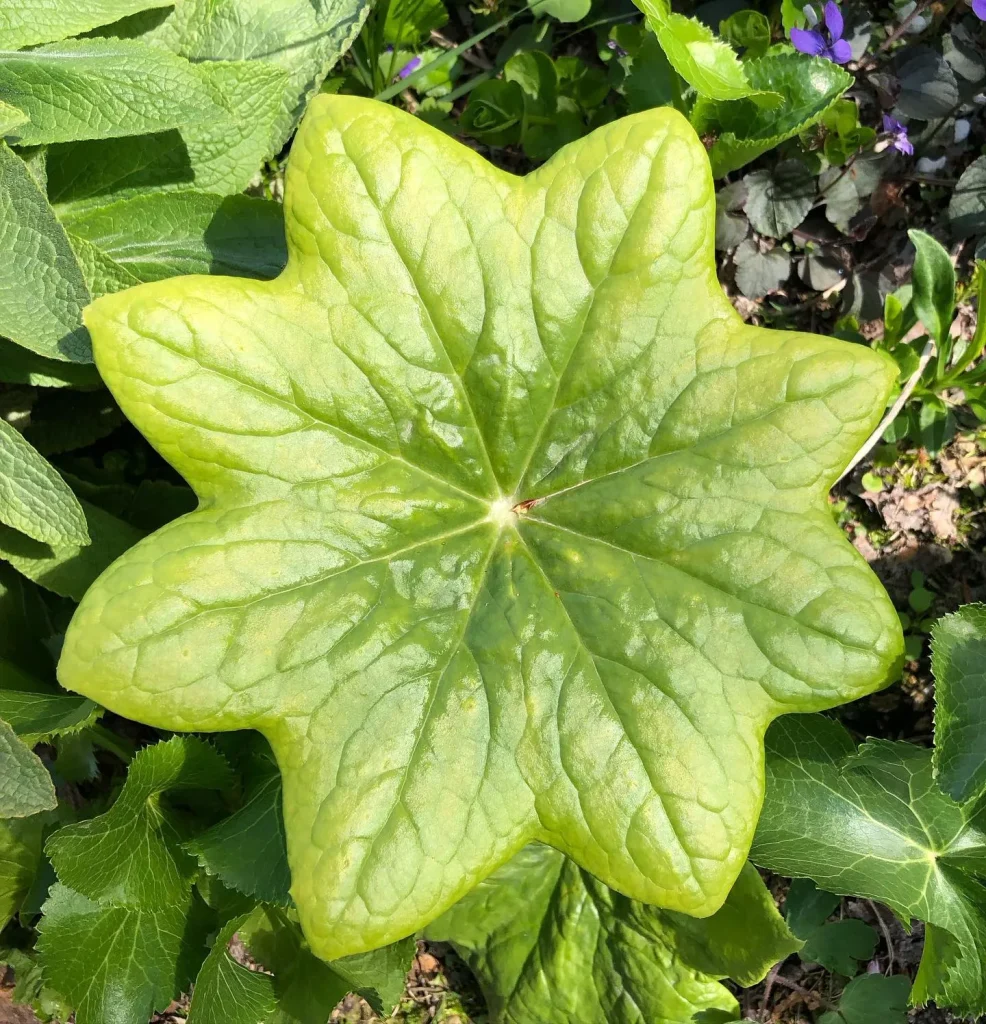Exploring the Geraniaceae Family
As a plant enthusiast, I’ve always found the Geraniaceae family fascinating. This family includes a variety of genera that offer unique features and qualities. From the vibrant blooms of Pelargonium to the resilience of Sarcocaulon, each genus presents an opportunity for exploration and appreciation. In this article, I’ll delve into some of the notable genera within the Geraniaceae family, sharing my experiences and insights along the way.
California: The Jewel of the West
California, known for its diverse ecosystems, is home to several species of the Geraniaceae family. While traveling through the Golden State, I was captivated by the wild Geraniums that dotted the landscapes. Their bright colors and delicate petals stood out against the rugged backdrop of hills and mountains. I remember stumbling upon a patch of California Geranium (Geranium californicum) while hiking in a national park. The sight of these wildflowers swaying in the breeze was a highlight of my trip, embodying the natural beauty of the region.
California’s climate is ideal for many plants in this family. The Mediterranean conditions promote growth, allowing the Geraniums to flourish in gardens and wild areas alike. If you’re a gardener in California, I highly recommend incorporating native Geraniums into your landscape. They are not only beautiful but also attract pollinators, enriching the local ecosystem.
Erodium: The Stork’s Bill
Erodium, often referred to as stork’s bill due to the unique shape of its seed pods, is another captivating genus within the Geraniaceae family. My first encounter with Erodium was during a garden visit in spring. The delicate pink and purple flowers caught my attention, and I learned that they thrive in well-drained soils and full sun.
One thing I love about Erodium is its ability to withstand drought conditions. This resilience makes it an excellent choice for water-wise gardens. I’ve experimented with several Erodium species, and they consistently impress me with their beauty and hardiness. Plus, their unique seed pods provide a fun talking point when sharing with fellow plant lovers.
Geranium: A Classic Favorite
Geranium, the most recognized genus in the Geraniaceae family, offers a wide range of species and cultivars. My journey with Geraniums began when I inherited a few plants from my grandmother. The vibrant blooms and distinct scents instantly drew me in. Over the years, I’ve cultivated various species, including the popular Geranium ‘Rozanne’ and the traditional garden favorite, Geranium sanguineum.
What I appreciate about Geraniums is their versatility. They thrive in different conditions, from sunny borders to shady spots in the garden. I’ve found them to be excellent companions for perennials and annuals alike. Additionally, their foliage often adds a unique texture to garden beds, making them a valuable addition to any landscape.
Hypseocharis: A Hidden Gem
Hypseocharis may not be as well-known as some of the other genera, but it has captured my attention. These plants, primarily found in Southern Africa, are characterized by their attractive foliage and vibrant flowers. My introduction to Hypseocharis was serendipitous, as I came across them during a plant sale at a local nursery.
Their striking appearance and adaptability make them an excellent choice for tropical and subtropical gardens. I’ve experimented with a few varieties, and they have consistently thrived in my garden, providing a splash of color during the growing season. If you’re looking for something a bit different to add to your collection, I encourage you to seek out Hypseocharis.
Monsonia: Succulent Beauty
Monsonia is another intriguing genus within the Geraniaceae family. These plants, primarily found in southern Africa, are known for their succulent leaves and unique flowers. My fascination with Monsonia began during a botanical garden visit where I marveled at the thick, fleshy leaves and beautiful blooms.
I appreciate Monsonia for its low maintenance and drought tolerance. In my experience, they thrive in well-drained soils and require minimal watering once established. Their succulent nature not only adds an interesting texture to my garden but also helps them withstand the hot summers.
Pelargonium: The Showstopper
287 Species in Genus Pelargonium
Pelargonium is perhaps the most popular genus in the Geraniaceae family, known for its stunning flowers and diverse cultivars. My love for Pelargoniums began when I grew a few varieties on my balcony. The bright blooms and fragrant leaves instantly transformed my outdoor space.
What I love most about Pelargonium is the variety of colors and forms available. From trailing varieties perfect for hanging baskets to upright types that serve as focal points in borders, there’s a Pelargonium for every garden style. I’ve enjoyed experimenting with different cultivars, and their long blooming season keeps my garden lively.
Sarcocaulon: The Unique Succulent
Sarcocaulon is a lesser-known genus that has piqued my interest over the years. Known for its unique, succulent stems and attractive flowers, Sarcocaulon is a standout in any garden. I first encountered Sarcocaulon during a plant expo, where its unusual appearance caught my eye.
These plants thrive in arid conditions, making them perfect for xeriscaping. I’ve incorporated Sarcocaulon into my garden, and they have thrived with little attention. Their distinct look adds an exotic touch to my plant collection, and I love sharing them with fellow enthusiasts.
Conclusion: A Family Worth Exploring
The Geraniaceae family offers a wealth of diversity, with each genus providing unique features and benefits. Whether you’re drawn to the vibrant blooms of Pelargonium, the resilience of Erodium, or the succulent beauty of Sarcocaulon, there’s something for everyone. My experiences with these genera have deepened my appreciation for the beauty and adaptability of plants within this family. As I continue to explore and cultivate these varieties, I encourage fellow plant lovers to delve into the world of Geraniaceae—you won’t be disappointed!
If i die, water my plants!



